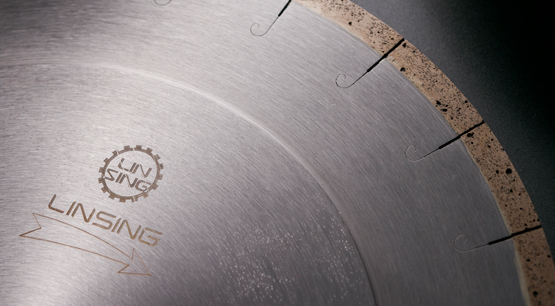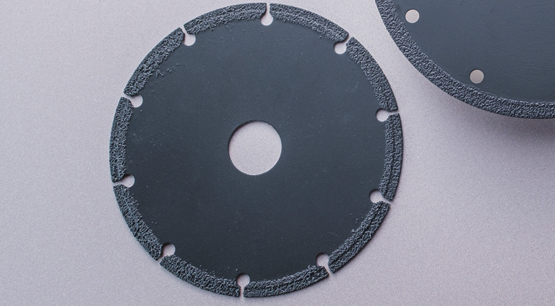The testing of the bond strength of diamond segment welding can be categorized into two main methods: manual and mechanical.
Manual Testing Methods
1. Visual Inspection: This involves visually examining the welded area between the diamond segment and the substrate to check for complete fusion, the presence of visible defects like pores, lack of fusion, and the method used for securing the blade to the substrate, such as adhesive or bolts.
2. Tap Test: This method involves tapping the junction between the diamond segment and the substrate with a hammer or similar tool and assessing the sound and vibration. A dull sound or excessive vibration may indicate poor weld quality.
3. Tensile Testing: Tensile testing involves applying controlled tensile forces to the junction between the diamond segment and the substrate. If the bond withstands the applied force without separation or detachment, it indicates a strong weld.
4. Destructive Testing: Destructive tests, such as impact testing or bending tests, are conducted to assess whether the junction between the diamond segment and the substrate can withstand specified loads without separation or detachment.
Mechanical Testing Methods
1. Ultrasonic Testing: Ultrasonic testing employs ultrasonic equipment to inspect the welded diamond segment. It relies on the reflection of ultrasonic waves to detect weld defects like pores or lack of fusion.
2. X-ray Inspection: X-ray inspection utilizes X-ray equipment to examine the welded area. It relies on the X-ray's ability to penetrate materials to identify weld defects like pores or lack of fusion.
3. Pressure Testing: Pressure testing involves subjecting the welded diamond segment to specific pressures and observing if there are any signs of leakage, deformation, or separation at the junction to assess bond strength.
4. Fatigue Testing: Fatigue testing applies cyclic loading to the welded area to determine whether fatigue cracks or separation occur under repetitive stress, indicating the bond's strength.
5. High-Temperature Testing: High-temperature testing places the welded diamond segment in a high-temperature environment to observe if the bond melts or separates under elevated temperatures, assessing bond strength.
6. Low-Temperature Testing: Low-temperature testing exposes the welded diamond segment to low-temperature conditions to assess if cold shrinkage or separation occurs, which can indicate bond strength.
In summary, regardless of the chosen testing method, testing should be conducted after welding and cooling. To ensure accurate results, testing personnel should possess the required skills and experience and follow relevant standards and specifications for testing procedures.











